The Ultimate Guide to Chinese Money Plant Care for Beginners
The Chinese Money Plant (Pilea peperomioides), also known as the friendship plant, coin plant, or UFO plant, is a beloved houseplant due to its distinctive, coin-shaped leaves and ease of care. With its unique beauty and low maintenance requirements, it has become a popular choice in many homes and living spaces.
Though it rarely blooms indoors, the Chinese Money Plant is prized more for its attractive foliage than for its flowers. This perennial plant is also known for its air-purifying abilities and is particularly safe for pets, as it poses no harm to dogs, cats, or other animals. One of the plant’s standout features is its ease of propagation, allowing you to share it with friends – a reason it’s often called the "friendship plant."
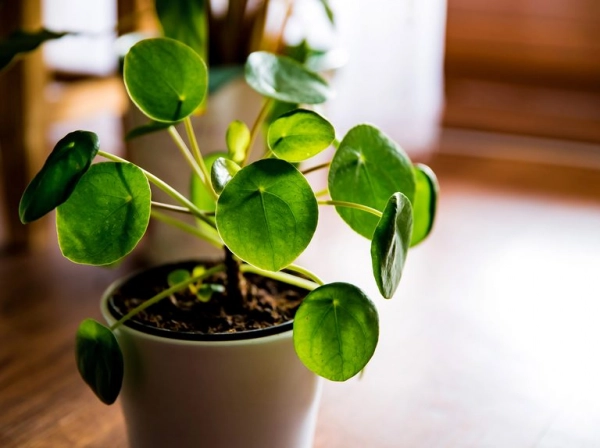
With proper lighting and care, the Chinese Money Plant can thrive and double in size within a year. Its low-maintenance nature makes it ideal for beginners or those with little time for plant care.
Basic Information about the Chinese Money Plant
- Common Names: Pancake plant, Chinese money plant, coin plant, UFO plant, friendship plant
- Scientific Name: Pilea peperomioides
- Family: Urticaceae
- Type: Perennial
- Mature Size: Height 12 inches (~30 cm), spread 8 to 12 inches (~20 - 30 cm)
- Light Requirements: Indirect light, partial shade
- Soil Type: Well-draining soil
- Soil pH: Slightly acidic to neutral
- Bloom Time: Spring (if at all)
- Flower Color: White (rare)
- Native Area: China
Care Guide for the Chinese Money Plant
- Light: The Chinese Money Plant prefers bright, indirect light. Avoid placing it in direct sunlight, as this can scorch the delicate leaves. Positioning the plant near a window with filtered light or sheer curtains is ideal.
- Watering: Water the plant when the top layer of soil begins to dry out. Ensure proper drainage by using a pot with drainage holes to prevent waterlogging. Water consistently, but do not overwater.
- Humidity: While the plant can tolerate dry air, it thrives in more humid environments. Lightly misting the plant can help maintain humidity levels, especially in dry climates or during winter months.
- Soil: Use well-draining soil, and consider mixing in sand or perlite to improve drainage and aeration.
- Fertilizer: Feed the plant with a liquid fertilizer once a month during the spring and summer when it is in its active growing phase.
- Propagation: The Chinese Money Plant is easily propagated by separating the small shoots that grow from the base of the mother plant. Simply remove a pup and plant it in a new pot, and you’ll have a new plant to keep or share with others.
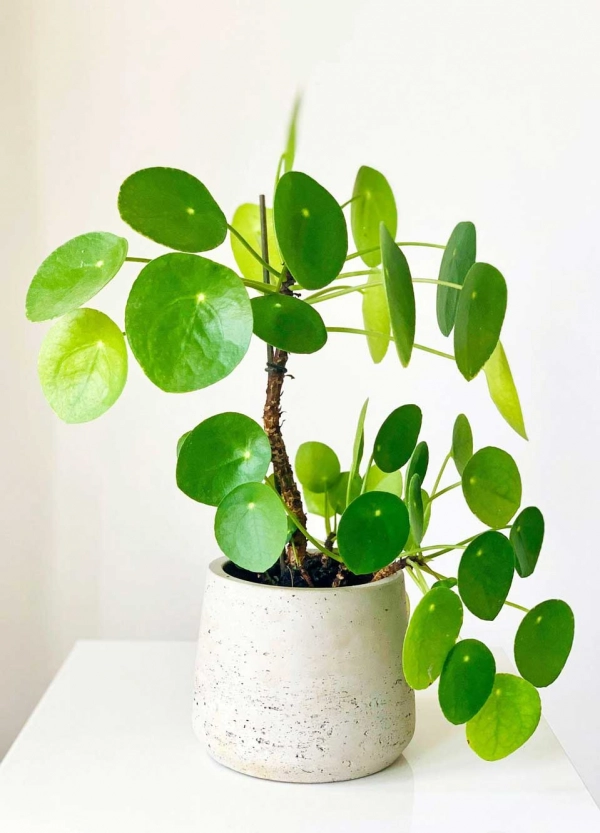
How to Care for Chinese Money Plant (Pilea Peperomioides)
Although acquiring a Chinese Money Plant (Pilea Peperomioides) can sometimes be challenging due to its popularity, once you have one, caring for it is remarkably simple. With its unique round leaves and excellent adaptability, this plant not only beautifies your space but also provides a sense of ease in maintenance.
1. Placement and Light
Place the Chinese Money Plant in a location with medium to bright indirect light, such as near an east- or west-facing window. Strong indirect light helps the plant grow quickly and maintain its attractive shape. Rotate the plant regularly to prevent uneven growth. Avoid placing it under direct sunlight, as harsh rays can scorch its delicate leaves.
Note: The plant can tolerate lower light conditions, but in such environments, it may grow taller and lankier, with smaller leaves that lose their appealing shape. It is best to provide adequate light to keep the plant lush and attractive.
2. Soil
The Chinese Money Plant thrives in nutrient-rich, well-draining soil. You can amend the soil by mixing in perlite or sand to improve drainage. Choose a high-quality organic potting mix that contains peat moss or coconut coir for optimal growth. The ideal soil pH range is between 6.0 and 7.0.
3. Watering
This plant has moderate water needs, so allow the soil to dry slightly between waterings. When you water, ensure thorough soaking to allow the roots to absorb enough moisture. You can easily tell when it's time to water by observing the leaves—if they start to droop, it's a sign the plant is thirsty.
4. Temperature and Humidity
Normal room temperatures (18-24°C or 65-75°F) are ideal for the Chinese Money Plant. It also thrives in environments with moderate humidity. However, avoid placing the plant near heat sources like fireplaces or air conditioners, as excessively dry air can hinder its growth.
Note: While the plant can tolerate freezing temperatures for short periods, when caring for it indoors, keep the temperature above 10°C (50°F). A brief exposure to cold during winter may encourage flowering, although this is rare in indoor conditions.
5. Fertilizing
The Chinese Money Plant grows vigorously during the spring and summer, so fertilizing monthly during these seasons will help it thrive. Use a balanced, all-purpose fertilizer, following the product instructions. Avoid fertilizing during fall and winter when the plant enters its dormant phase.
6. Repotting
The Chinese Money Plant grows quickly and will soon fill its pot with roots and offshoots. You should repot the plant in early spring or summer when you notice roots growing out of the drainage holes or the plant outgrowing its current container. Choose a new pot that is about 2-3 cm larger than the old one, ensuring it has drainage holes.
Pot Selection: The plant adapts well to plastic, ceramic, or terracotta pots. However, if using a terracotta pot, note that it absorbs water from the soil faster, so you may need to water the plant more frequently to prevent it from drying out.
7. Common Pests and Diseases of the Chinese Money Plant
While the Chinese Money Plant is generally less prone to pests than other houseplants, it can still be affected by some common indoor plant pests. Keep an eye out for the following:
- Mealybugs: Small white bugs that typically appear on stems.
- Scale: These pests form a hard shell, easily noticeable upon close inspection of the leaves.
- Fungus Gnats: Tiny flies that hover around the plant's base and soil.
- Spider Mites: Small mites that can dry out leaves and damage the plant.
To prevent and treat pest infestations, regularly inspect the plant and use insecticidal soap or neem oil when necessary.
Propagating the Chinese Money Plant (Pilea Peperomioides)
The Chinese Money Plant is easy to propagate thanks to its ability to produce offshoots around the base of the mother plant. Once these offshoots grow to a few inches in height, you can safely separate them to grow into new plants. Propagation can be done easily in either water or soil and is especially successful when placed in bright light and high humidity.
1. Propagating in Soil
- Identify the Offshoot: Locate a healthy offshoot growing from the base of the mother plant.
- Prepare the Soil: Gently remove some soil around the base of the plant to make it easier to access the offshoot.
- Separate the Offshoot: Use sharp, clean pruning shears to cut the offshoot from the mother plant, ensuring the roots are not damaged.
- Plant the Offshoot: Immediately place the offshoot in a small pot filled with moist soil. Make sure the soil is not too wet to avoid waterlogging.
- Post-Planting Care: Keep the soil lightly moist (not soggy) until the new plant establishes strong roots. Once stable, continue with regular care.
2. How to Encourage a Chinese Money Plant to Bloom
Although it’s rare for a Chinese Money Plant (Pilea Peperomioides) to bloom indoors, you can encourage flowering by creating the right environmental conditions. Small, charming flowers may sometimes appear on mature plants. To stimulate blooming, try placing the plant in a cooler room during the winter months. This slight temperature change can trigger the plant to bloom as a natural response to propagate itself.
Common Issues with the Chinese Money Plant
The Chinese Money Plant is generally easy to care for and grows quickly, making it ideal for people with busy schedules. However, a few issues may arise due to improper lighting conditions or irregular watering habits.
- Yellow Leaves: Yellowing and dropping leaves indicate that the plant is being overwatered. Use a moisture meter to check the soil before watering, and only water when the soil is dry.
- Curled Leaves: When leaves curl along the edges, it may be due to insufficient indirect light, a room that is too hot, or low humidity. Try moving the plant to a brighter spot or adjusting the room's temperature and humidity to resolve the issue.
- Brown Leaves: Leaves may turn brown if the plant is exposed to too much direct sunlight. Ensure that the plant is placed in a spot with bright indirect light to keep its foliage healthy and vibrant.
- Brown Leaf Tips: Yellow or brown tips on the leaves are often a sign of low humidity. The plant prefers a more humid environment, so consider using a humidifier or misting the plant to improve room humidity levels.
The Chinese Money Plant is a low-maintenance plant that is easy to grow and propagate, making it ideal for indoor living spaces. With proper care, the plant will not only thrive but also create a relaxing atmosphere and add aesthetic appeal to your home.
Tags: Indoor Ornamental Plants | Outdoor Ornamental Plants | Bonsai Plants | Aquatic Ornamental Plants | Miniature Ornamental Plants |











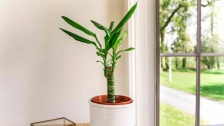
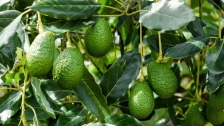
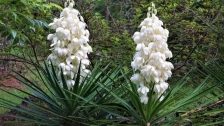





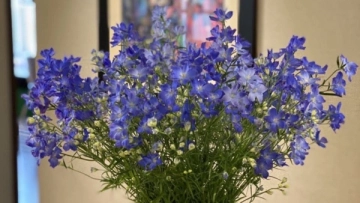
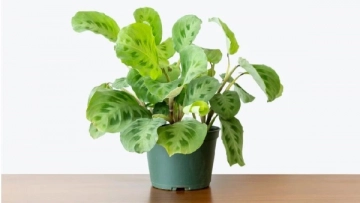

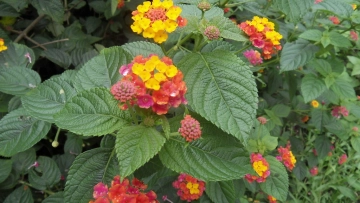
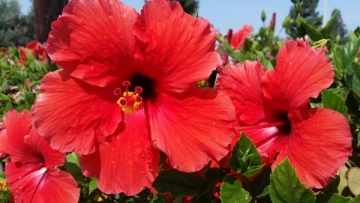
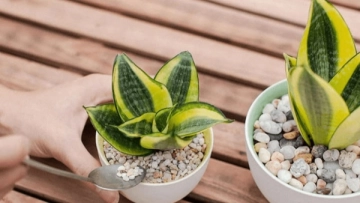
Kim Burson
September 28 , 2024